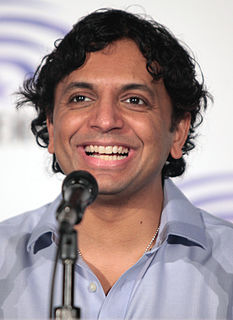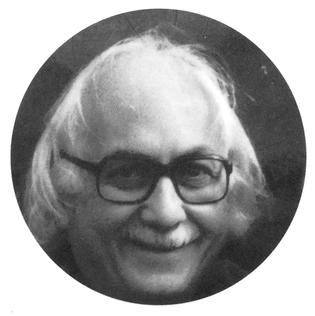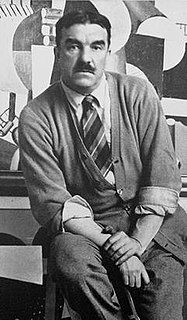A Quote by Paula Cole
I'm glad I made a piece of art that can be interpreted so widely. Art is always interpreted subjectively
Related Quotes
Were art to redeem man, it could do so only by saving him from the seriousness of life and restoring him to an unexpected boyishness. The symbol of art is seen again in the magic flute of the Great God Pan which makes the young goats frisk at the edge of the grove. All modern art begins to appear comprehensible and in a way great when it is interpreted as an attempt to instill youthfulness into an ancient world.
For one thing, I don't think art needs to be about suffering; sometimes it really seems like it's only the art about pain that is interpreted as profound, and in my work for years I've really tried to deal with subjects that are substantial, not just fluffy, but presented in a more playful, approachable kind of way.
Unless created as freestanding works, quotations resemble "found" art. They are analogous, say, to a piece of driftwood identified as formally interesting enough to be displayed in an art museum or to a weapon moved from an anthropological to an artistic display.... The presenter of found art, whether material or verbal, has become a sort of artist. He has not made the object, but he has made it as art.
Has it led you to the conclusion that photography is an art ? Or it is simply a means of recording ? "I'm glad you asked that. I've been wanting to say this for years. Is cooking an art ? Is talking an art ? Is even painting an art ? It is artfulness that makes art, not the medium itself. Of course photography is an art - when it is in the hands of artists."
One of the grotesqueries of present-day American life is the amount of reasoning that goes into displaying the wisdom secreted in bad movies while proving that modern art is meaningless. They have put into practice the notion that a bad art work cleverly interpreted according to some obscure Method is more rewarding than a masterpiece wrapped in silence.
The feat of superbly imitating a muscle, as Michelangelo did, or a face, as Raphael did, created neither progress nor a hierarchy in art. Because these artists of the sixteenth century imitated human forms, they were not superior to the artists of the high periods of Egyptian, Chaldean, Indochinese, Roman, and Gothic art who interpreted and stylized form but did not imitate it.


































